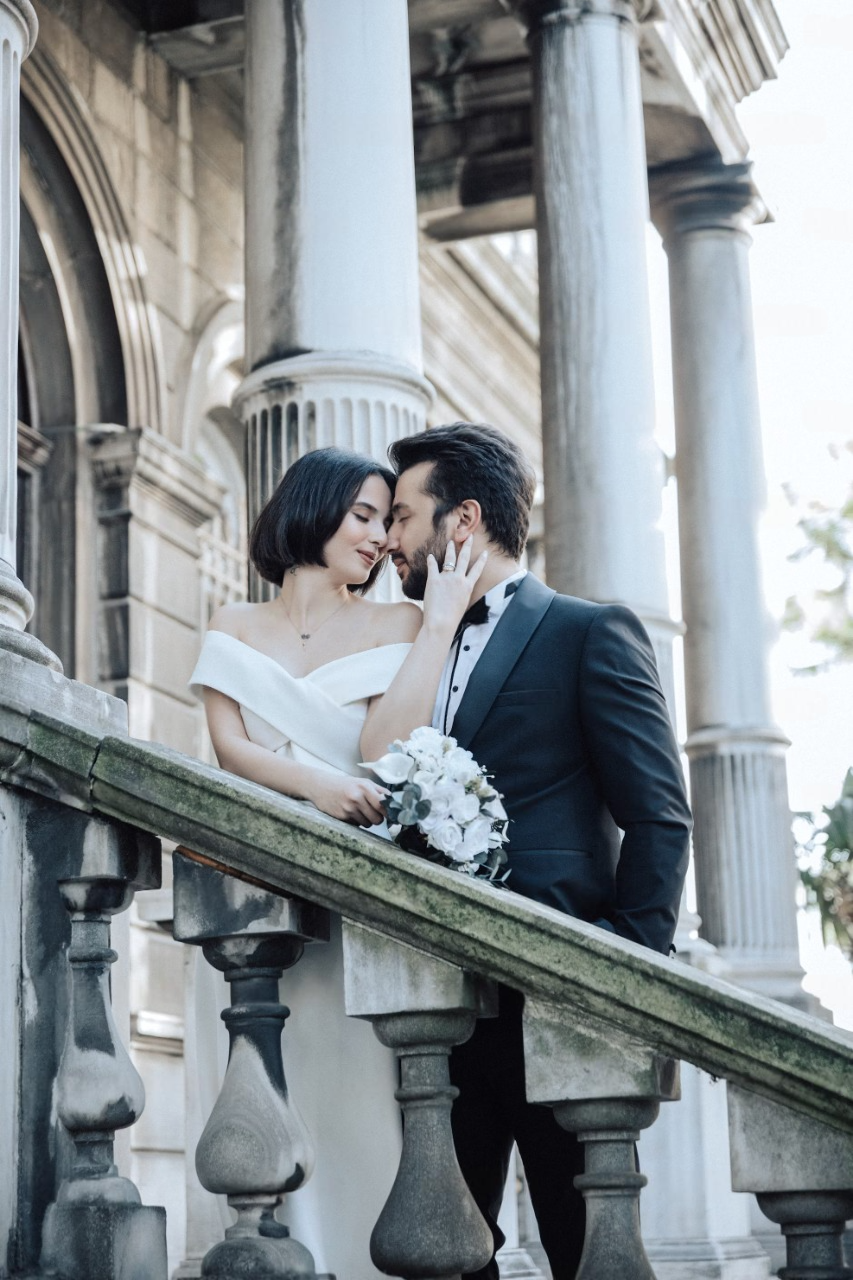Portrait photography is an art form that goes beyond simply capturing a person’s face. It’s about conveying a story, evoking emotions, and preserving a moment in time. Whether it’s a professional headshot, a candid family photo, or an artistic solo shoot, portrait photography seeks to reveal the true essence of the subject.
In this fast-paced world where smartphone selfies and social media snapshots dominate, professional portrait photography remains irreplaceable. There’s something uniquely powerful about a well-composed portrait that reflects not just a face but a personality. It takes skill, creativity, and a personal connection to achieve that kind of result.
Connecting with the Subject
The foundation of an impactful portrait lies in building a connection with the subject. A professional photographer doesn’t just point the camera and click; they invest time in making their clients feel comfortable. This connection allows the subject’s personality to shine through naturally. Simple conversations, warm-up shots, and creating a relaxed environment are key to making people feel at ease.
Once the connection is established, the next challenge is to direct the subject without losing spontaneity. Posing is important, but it should never feel forced. Professional photographers know how to balance guidance with natural movement, allowing the subject’s unique traits to emerge naturally. This combination of structure and freedom results in portraits that feel authentic rather than staged.
Technical Mastery in Portrait Photography
The technical aspects of portrait photography are just as crucial as the interpersonal connection. Lighting, for example, plays a fundamental role. Soft, diffused light is often preferred for portraits because it flatters facial features and reduces harsh shadows. Golden hour lighting, which occurs shortly after sunrise or before sunset, adds a natural, warm glow that is hard to replicate artificially.
Proper composition also distinguishes professional portraits from casual snapshots. Leading lines, the rule of thirds, and symmetry can direct attention to the subject’s face, creating a visually pleasing balance. Framing the subject within natural elements, like doorways or window frames, can also add depth to the photo.
Editing: Enhancing Without Losing Authenticity
Post-processing is another essential phase. The goal is not to alter the subject’s appearance drastically but to enhance the natural features. Adjusting brightness, contrast, and sharpness can make the portrait more striking, but subtlety is key. Retouching should aim to reduce distractions while maintaining the individuality of the person photographed.
Using editing software like Adobe Lightroom or Photoshop, professionals can smooth skin tones, brighten eyes, and subtly enhance the background. However, over-editing can make a portrait appear unnatural, losing the genuine essence of the moment.
Why Portrait Photography Matters
Portraits are more than just photos; they are visual stories. Whether capturing a candid laugh, a determined expression, or a moment of quiet reflection, a well-crafted portrait can convey powerful emotions. It’s an art form that preserves memories and reflects individuality, making it a timeless investment.
Next time you plan a photo session, think beyond just capturing an image. Consider what story you want to tell, how you want to feel, and how the right photographer can help you achieve that vision.

